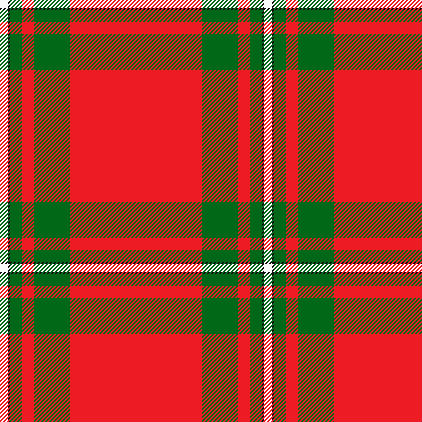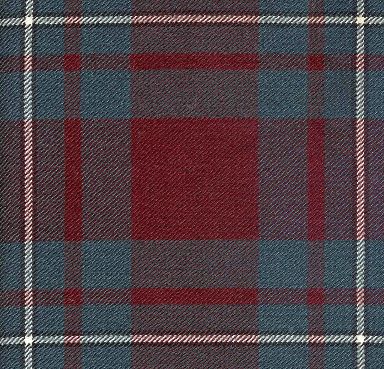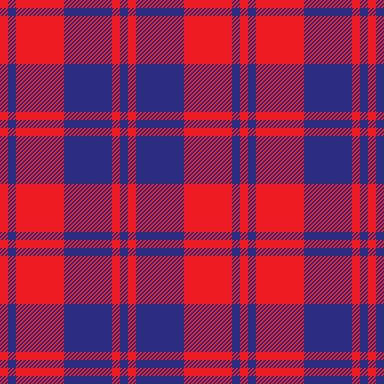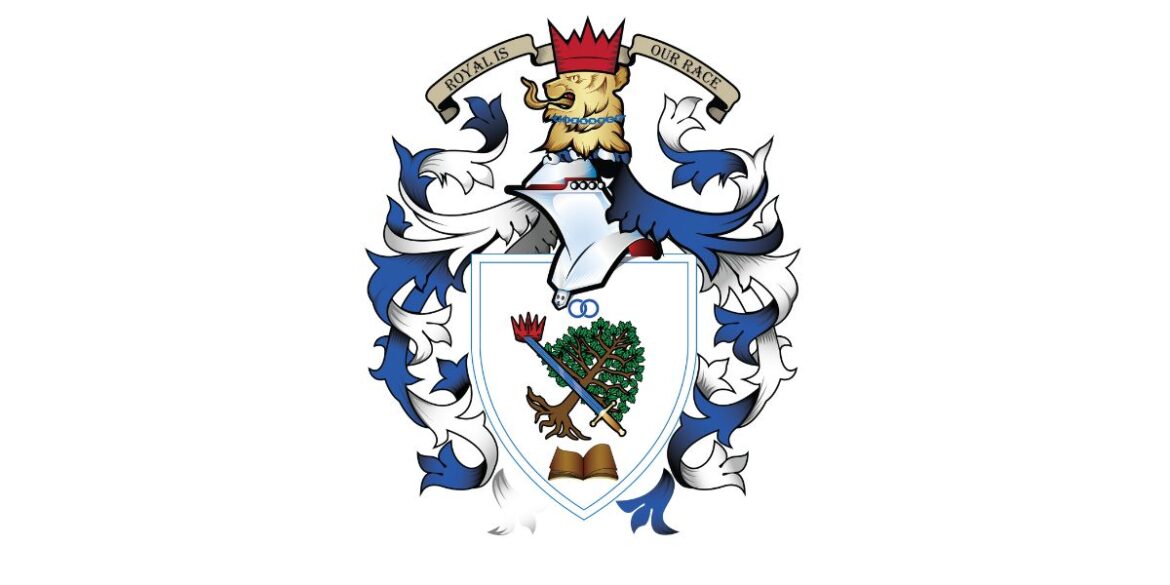The MacGregor Clan, one of Scotland’s oldest and most storied clans, is renowned for its tumultuous history, enduring spirit, and significant impact on Scottish history. Descended from the ancient royal line of MacAlpin, the MacGregors’ motto, “Royal is my race,” echoes their claim to noble origins. Their history is a compelling saga of power, persecution, and resilience that spans several centuries.
Origins and Early History
The MacGregor Clan claims descent from Grigor, believed to be a son or brother of Kenneth MacAlpin, the first King of Scots. This lineage imbued the clan with a sense of royal heritage from the outset. The MacGregors initially thrived in the lands surrounding Loch Awe but were confined to Glenstrae due to land grants favoring the Campbells by Robert the Bruce in the 14th century. Despite these challenges, the MacGregors maintained their independence and identity, often clashing with neighboring clans, particularly the Campbells, over territory and power.
Feuds and the Banning of the Clan Name
The clan’s history is marked by a series of feuds and battles, most notably with the Campbells and Colquhouns. A significant event in the clan’s history was the Battle of Glen Fruin in 1603, where the MacGregors, despite being outnumbered, claimed a decisive victory over the Colquhouns. However, this victory led to tragic consequences. King James VI, in response to the violence and under pressure from the Campbells, issued an edict in 1603 that effectively outlawed the MacGregor name. Clan members were forced to renounce their surname or face execution, leading many to adopt other names such as Murray, Grant, or even Campbell. Others opted for variations or derivatives of MacGregor that could maintain a connection to their heritage without directly violating the king’s decree. Names such as “Greig,” which is considered a variation of Gregor, became a common choice among clan members seeking to navigate the harsh realities imposed by the ban. This approach allowed them to retain a sense of clan identity and solidarity, even in the face of severe persecution.
Restoration and Legacy
The persecution of the MacGregors didn’t end until the late 18th century, marking a dark period in the clan’s history where they were scattered, hunted, and forced to live as outlaws. Over time, the clan regained some of their former lands and reestablished their presence in Scotland. The clan’s resilience and ability to survive through centuries of adversity have made their story a testament to the enduring spirit of the Scottish people.
Rob Roy MacGregor
Rob Roy MacGregor, born in February 1671 at Glengyle at the head of Loch Katrine, is a figure shrouded in the legend of the Scottish Highlands. Known as the “Scottish Robin Hood,” or the “Robin Hood of the Highlands,” his life was a blend of soldiering, cattle-rustling, and living as an outlaw, making him a folk hero celebrated in stories and songs. His nickname, Rob Ruadh, which means Red Rob due to his red hair, was anglicized into Rob Roy, a name that has resonated through Scottish history and folklore.
Rob Roy’s early life was marked by his participation in the Jacobite rising at the age of eighteen, a testament to his family’s support for the Stuart cause. This was followed by a venture into cattle-droving, a common profession in the Highlands, which he was forced to balance with his notoriety as a bandit. His infamous feud with the Duke of Montrose, triggered by a defaulted loan, became the stuff of legend. Rob Roy’s response to the Duke’s aggression was a campaign of guerrilla warfare, stealing from the Duke and other landowners who refused to pay him for “protection” of their properties.
Despite his criminal activities, Rob Roy was also respected as a businessman and a leader. His involvement in the 1715 Jacobite uprising, although complex due to his alliances, showcased his continued support for the Jacobite cause. However, his participation in the Battle of Glen Shiel in 1719 against government forces highlighted his resilience and commitment to the Highland way of life.
Rob Roy’s later years were spent under the protection of John Campbell, 2nd Duke of Argyll, showing a surprising turn in alliances given his previous actions against the Campbells. This period of his life included a significant event where he surrendered weapons for amnesty, a moment marked by the handing over of a large cache of old, rusty weapons, a symbolic gesture that perhaps best captures the blend of pragmatism and theatrics that characterized his life.
His death in December 1734 in Balquhidder Glen marked the end of an era. Rob Roy MacGregor’s grave in Balquhidder Kirkyard, despite the inaccuracies in the age noted on the plaque, remains a site of pilgrimage for those intrigued by his life and legacy. The enduring fascination with Rob Roy is evident in his depiction in literature, notably by Sir Walter Scott, and in films, with the most famous portrayal by Liam Neeson in the 1995 film “Rob Roy,” which brought the legend to a global audience.
Tartans and Symbols
The Clan MacGregor’s tartans are emblematic of their rich heritage, with the most recognized being the “MacGregor Red and Black.” This tartan features deep reds and blacks, colors that symbolize the blood and mourning of the clan’s turbulent history, as well as the green of the Scottish Highlands. Different variations of the tartan may represent various branches of the clan, with slight alterations in color or pattern denoting lineage and family ties. The MacGregor tartan has made appearances in cultural events worldwide, symbolizing Scottish pride and the enduring spirit of the clan. In modern fashion, the tartan is seen in everything from kilts and scarves to contemporary clothing lines, showcasing its versatility and timeless appeal.
MacGregor Red and Green Tartan

The MacGregor Red and Green tartan, held in the prestigious Cockburn Collection at Glasgow’s Mitchell Library, dates back to the early 19th century, around 1810–1820. This tartan, meticulously labeled by Cockburn himself in 1815, was later referred to as the MacGregor Murray Tartan in Wilson’s 1819 Key pattern book, while James Logan identified it as the MacGregor tartan in 1831.
MacGregor Red and Black Tartan

The MacGregor Red and Black tartan, also celebrated as the Rob Roy MacGregor tartan, shares its design with the iconic buffalo plaid, famously connected to the legendary lumberjack Paul Bunyan in the US. Donald C. Stewart, a renowned tartan scholar, regards it as one of the clan’s most ancient tartans, despite its later adoption by the MacGregors. A sample of this historically rich tartan is preserved in the Highland Society of London’s collection, authenticated by Sir John MacGregor Murray’s Seal of Arms, and now resides in the Museum of Scotland, Edinburgh. This tartan is open for all MacGregors to wear, as stated by the clan chief.
MacGregor of Cardney Tartan

The MacGregor of Cardney tartan, a creative expression by Alasdair MacGregor of Cardney from around 1930, presents a unique take on the traditional Red and Green using natural dyes and wool. While it is specifically designed for the MacGregors of Cardney, the family welcomes all MacGregors to don this tartan, which has sometimes been mistakenly sold as the ‘MacGregor Hunting’ tartan.
MacGregor of Glengyle or MacGregor of Deeside Tartan

Originating from around 1750, the MacGregor of Glengyle or MacGregor of Deeside tartan is a historic pattern entitled to members of the Glengyle branch or MacGregors from Deeside. This declaration by the clan chief ensures its significance within the specific branch of the clan.
MacGregor Green Tartan

The MacGregor Green tartan is distinguished as a dance tartan, exclusively approved by the chief for Highland dancers competing or who have competed at Highland games. This exclusivity underscores the tartan’s special status, reserving its wear for those in the dance competition circuit, with a clear directive from the clan chief that it is not for general wear by MacGregors outside the dancing community.
The MacGregor Clan Crest and Motto
The clan crest, featuring a crowned lion’s head, and the motto “S Rioghal Mo Dhream” (Royal is my race), speak to the MacGregors’ claim to ancient royal lineage and their resilience despite persecution. The crest and motto are not just symbols of identity but also of the clan’s values of courage, loyalty, and endurance.
Notable Clan Members Throughout History
Beyond Rob Roy MacGregor, the clan has produced several notable figures who have left their mark on Scotland’s history. These include Gregor MacGregor (1786–1845), a military officer who fought in the Venezuelan War of Independence and later attempted to establish a colony in Florida. Another significant figure is Sir Malcolm MacGregor of MacGregor, 7th Baronet, who has served as the Chief of Clan Gregor since 2003, playing a crucial role in promoting Scottish culture and heritage.
The MacGregor Clan Today
Today, the Clan MacGregor continues to thrive, with members and societies located around the world. The clan’s presence is felt through various gatherings, cultural events, and contributions to Scottish culture, including the annual Clan Gregor Society meeting and participation in Highland Games. The clan is also involved in international Scottish heritage organizations, working to preserve and promote the history and traditions of Scotland globally.
Contemporary issues, including land conservation in Scotland and the promotion of Gaelic language and culture, are of interest to the clan, demonstrating the ongoing relevance of clan identity in the 21st century. Through these activities and initiatives, the Clan MacGregor continues to celebrate its rich heritage while contributing to the cultural and social fabric of Scotland and the Scottish diaspora.
